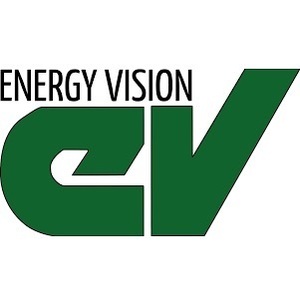Study shows rapid expansion of US RNG industry




December 21, 2020
BY Energy Vision
Advertisement
Advertisement
Related Stories
Wicomico County has selected Waga Energy to build, own, operate, and maintain an RNG production unit at the Newland Park Landfill in Salisbury, Maryland. When in operation, the plant will provide more than 210,000 MMBtu of RNG per year.
Vanguard Renewables has opened a new anaerobic digestion and advanced depackaging facility in River Falls, Wisconsin, that provides food and beverage manufacturers, retailers, and processors with a sustainable way to recycle food waste.
The U.S. EPA on Dec. 18 released data showing 1.78 billion RINs were generated under the RFS in November, down from 2.05 billion generated during the same month of 2024. Total RIN generation for the first 11 months of 2025 reached 21.11 billion.
Ductor Americas, Inc. and Weaver Brothers Eggs announced the RNG and organic fertilizer project under development in Darke County, Ohio, has received its permit to Install and Operate, issued by the Ohio Department of Agricultur.
The Canadian government on Dec. 16 released final regulations to reduce methane emissions from the country’s oil and gas sector and landfills. The government is also investing $16 million in methane measurement, reporting and mitigation research.
